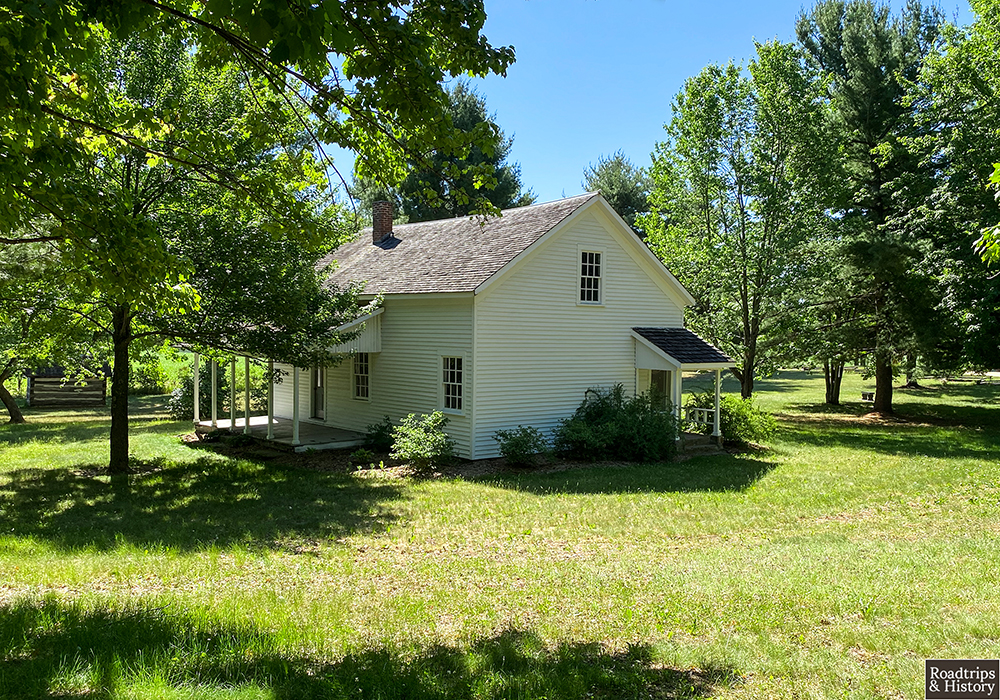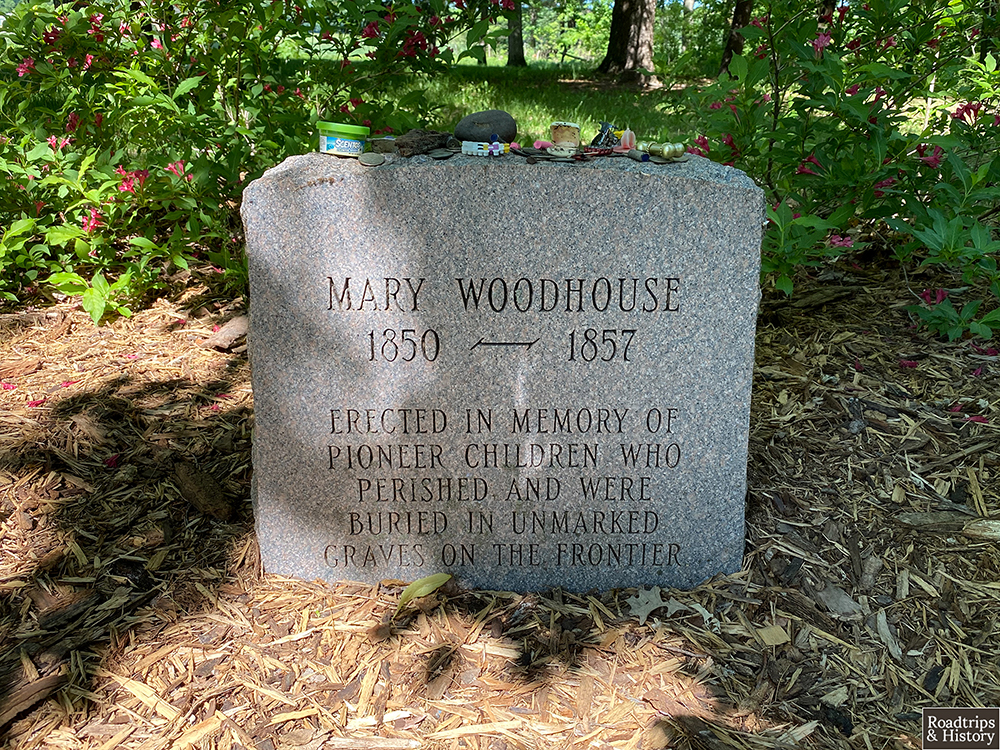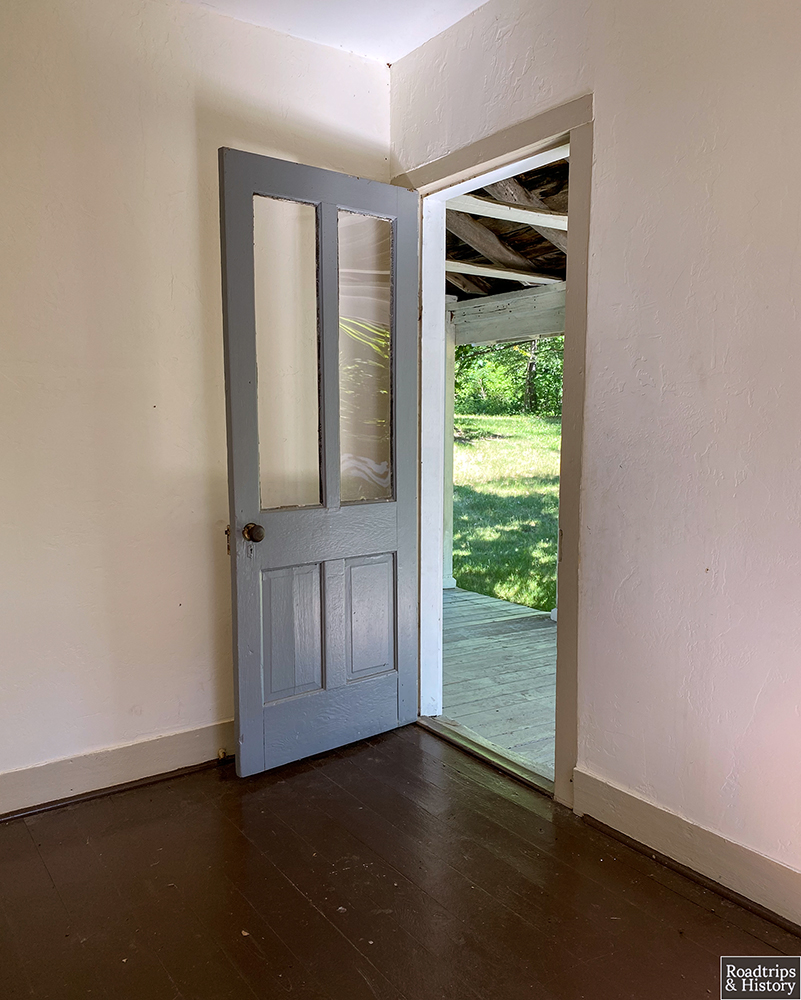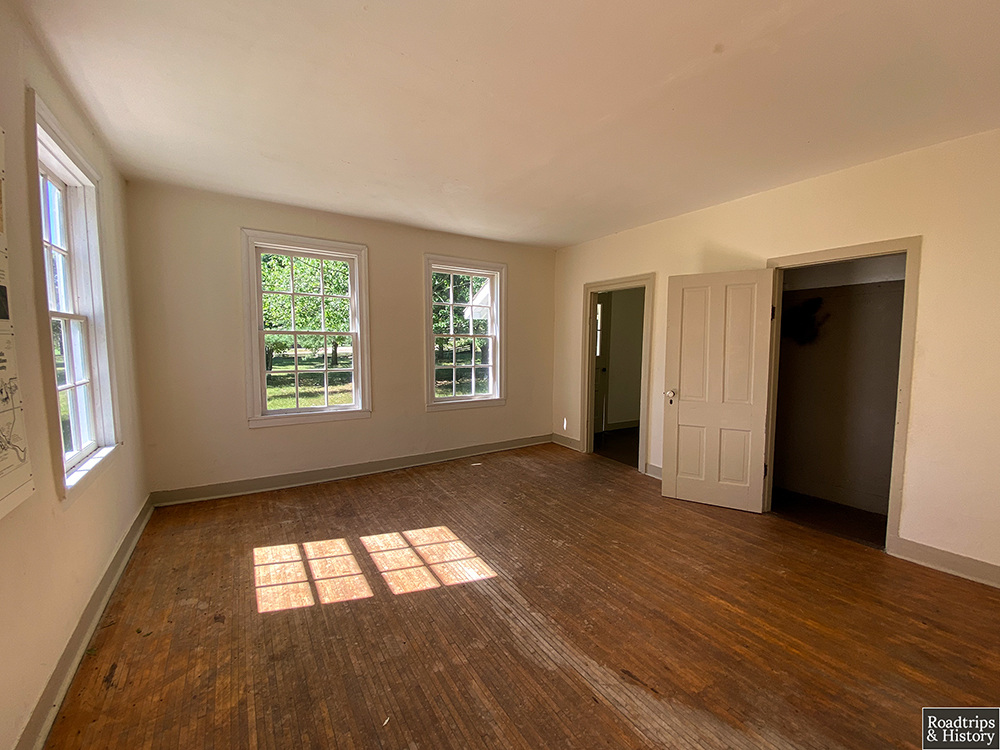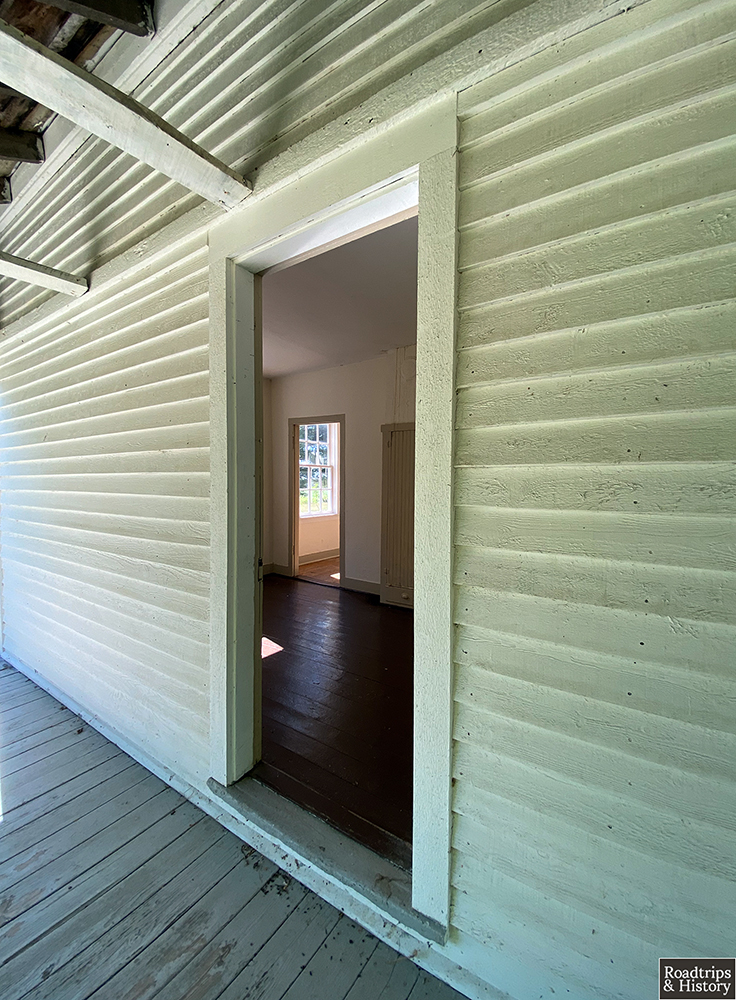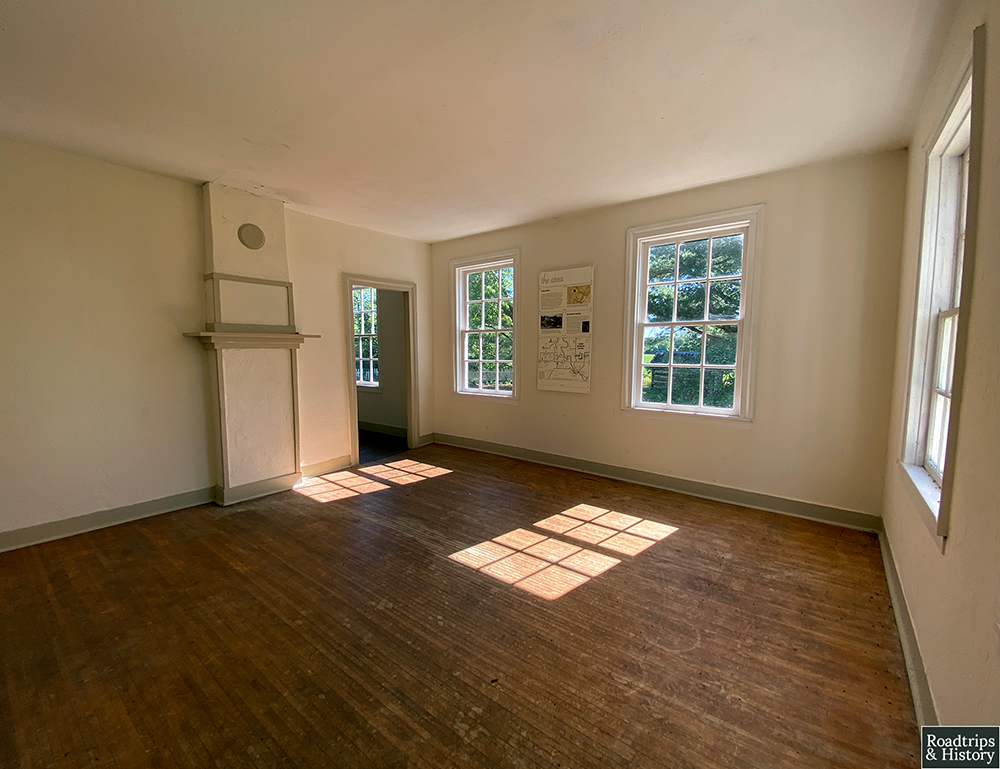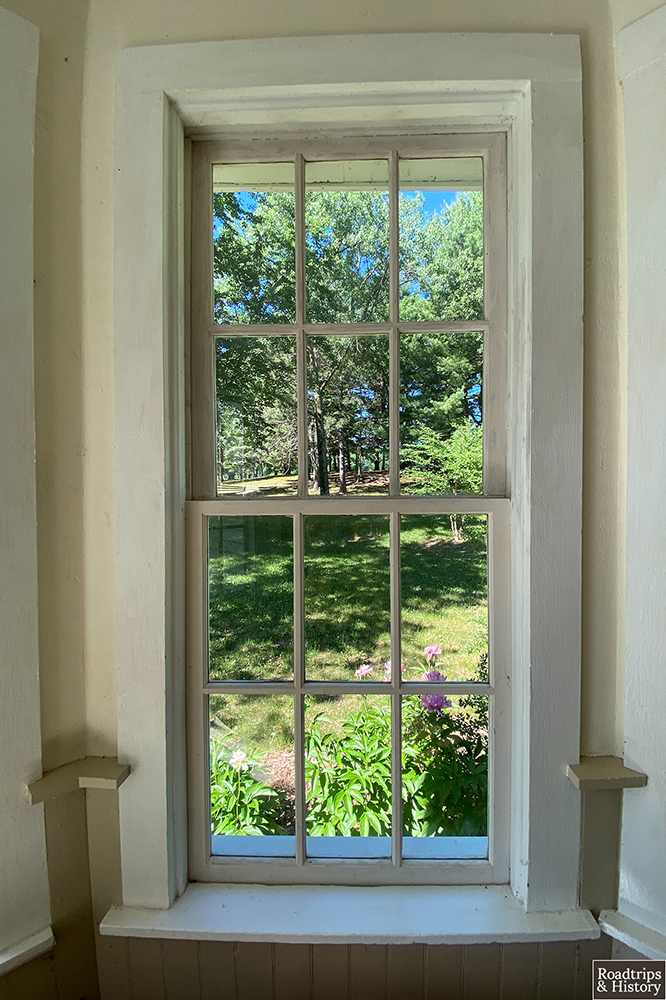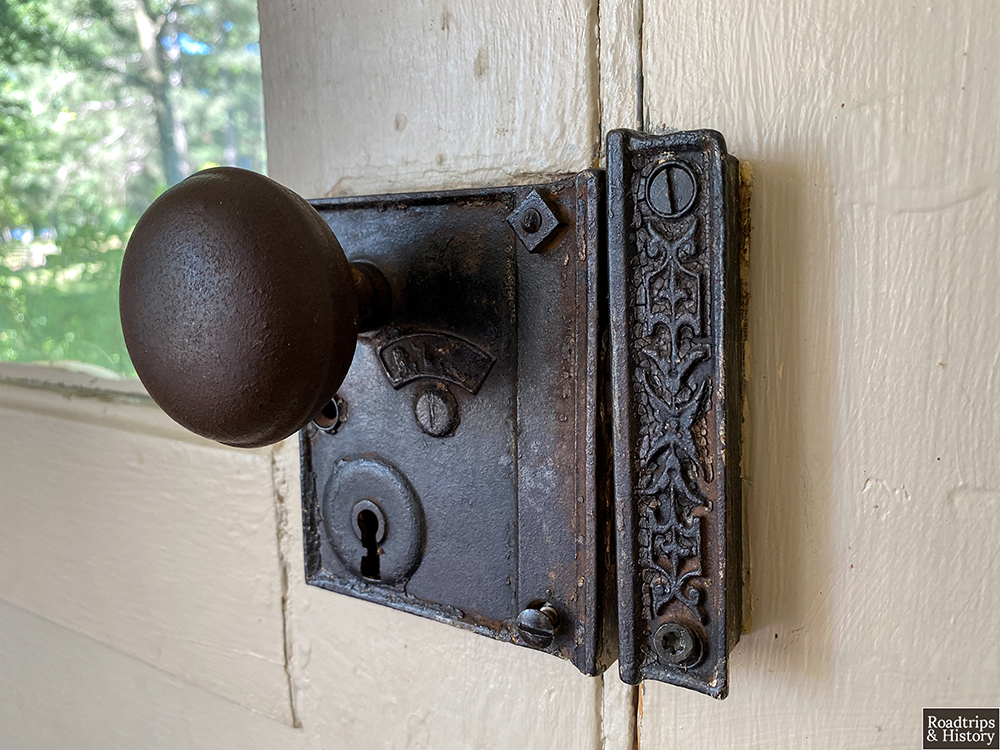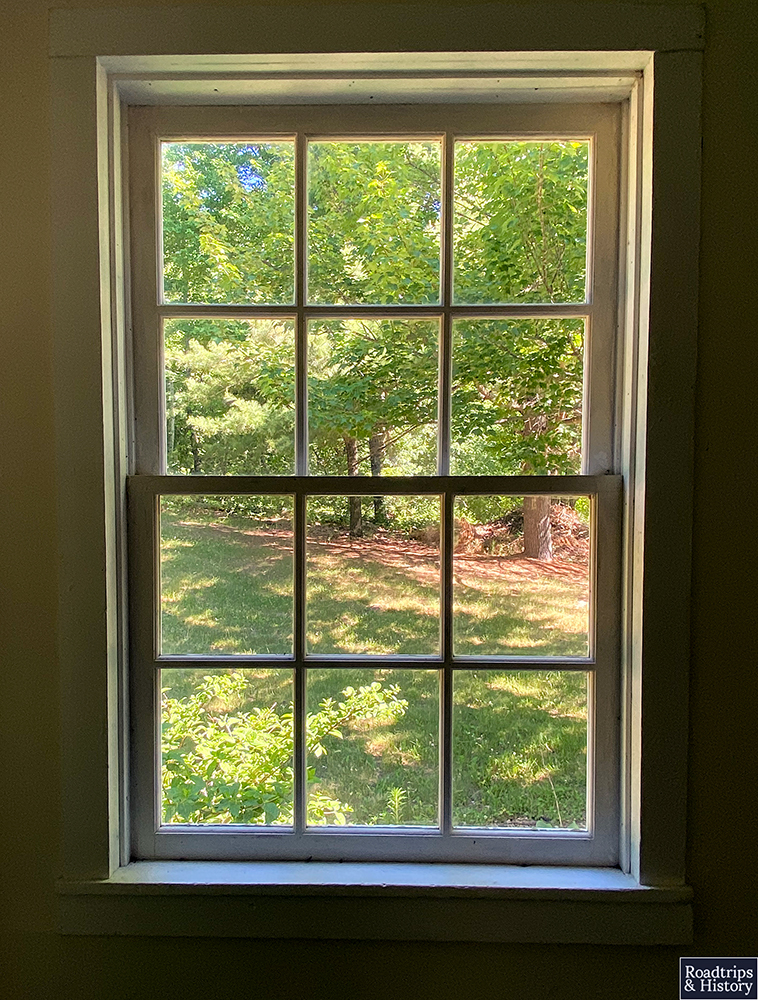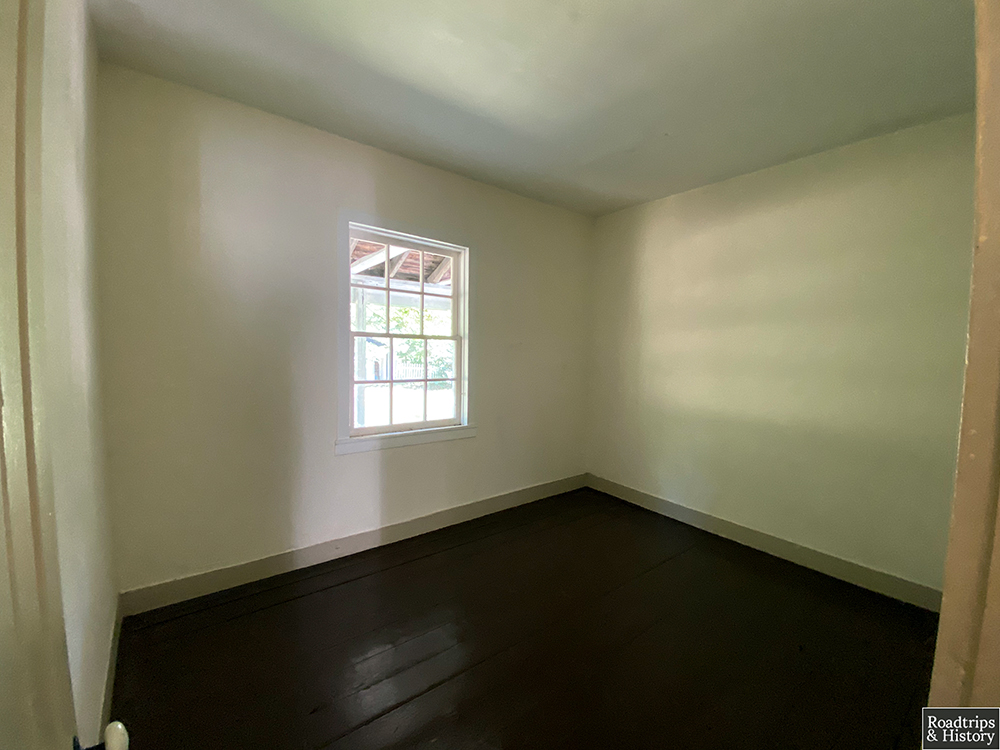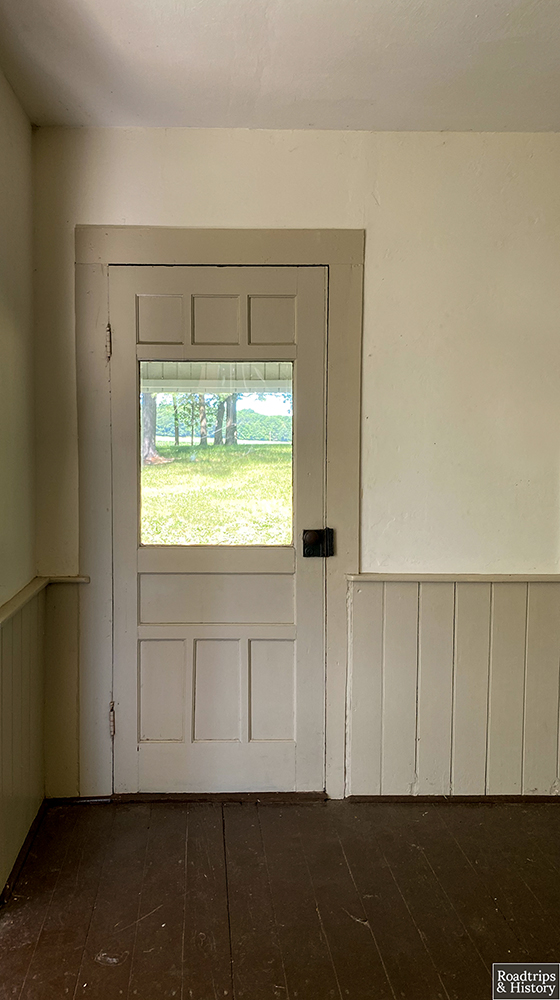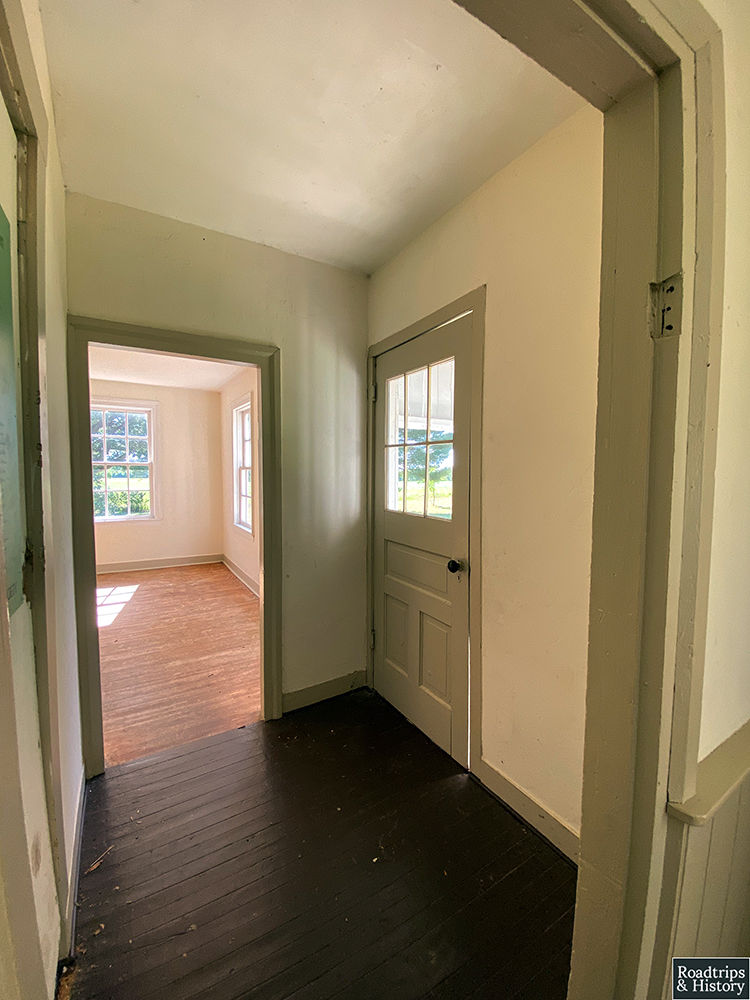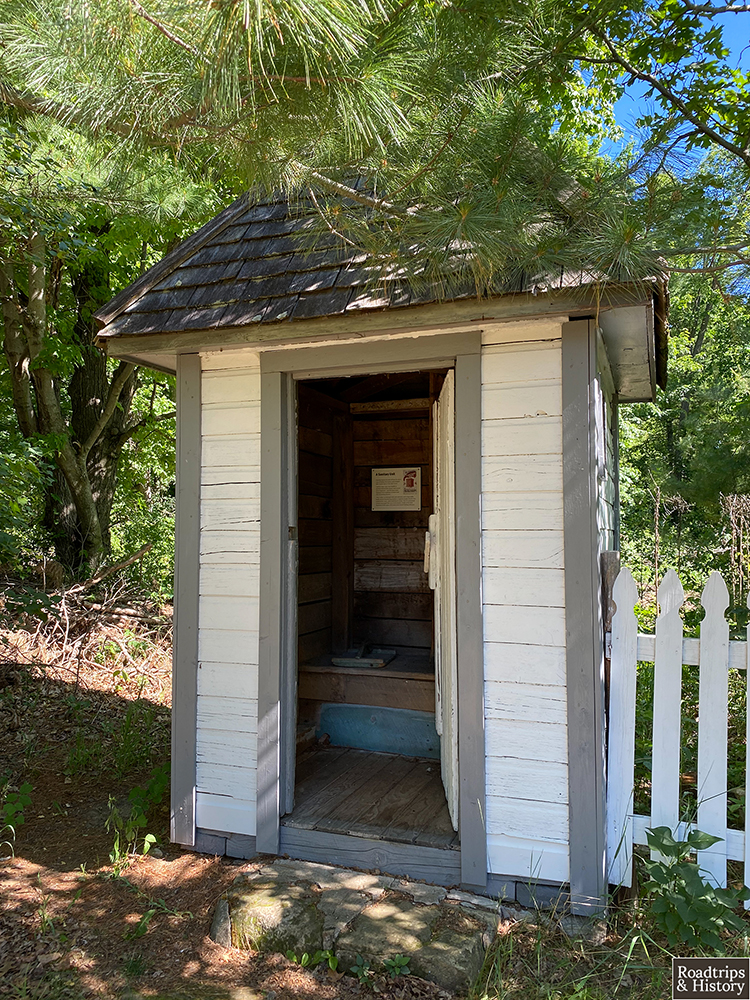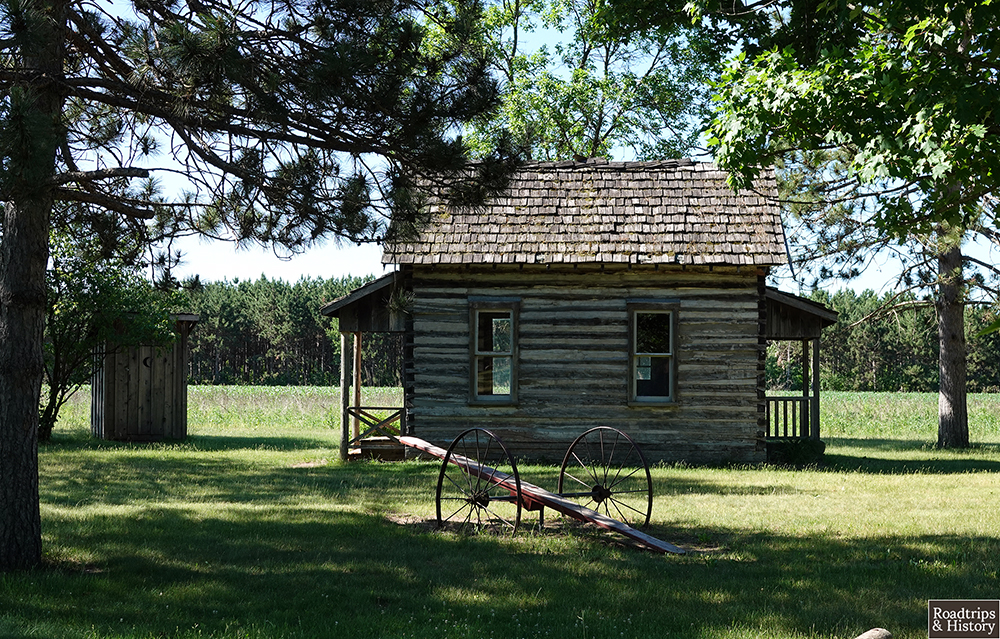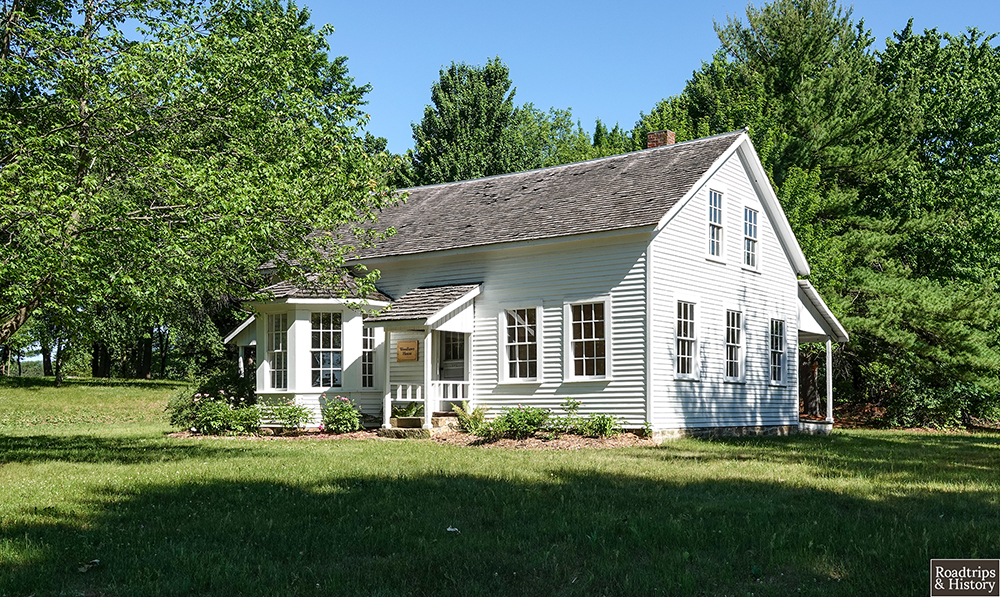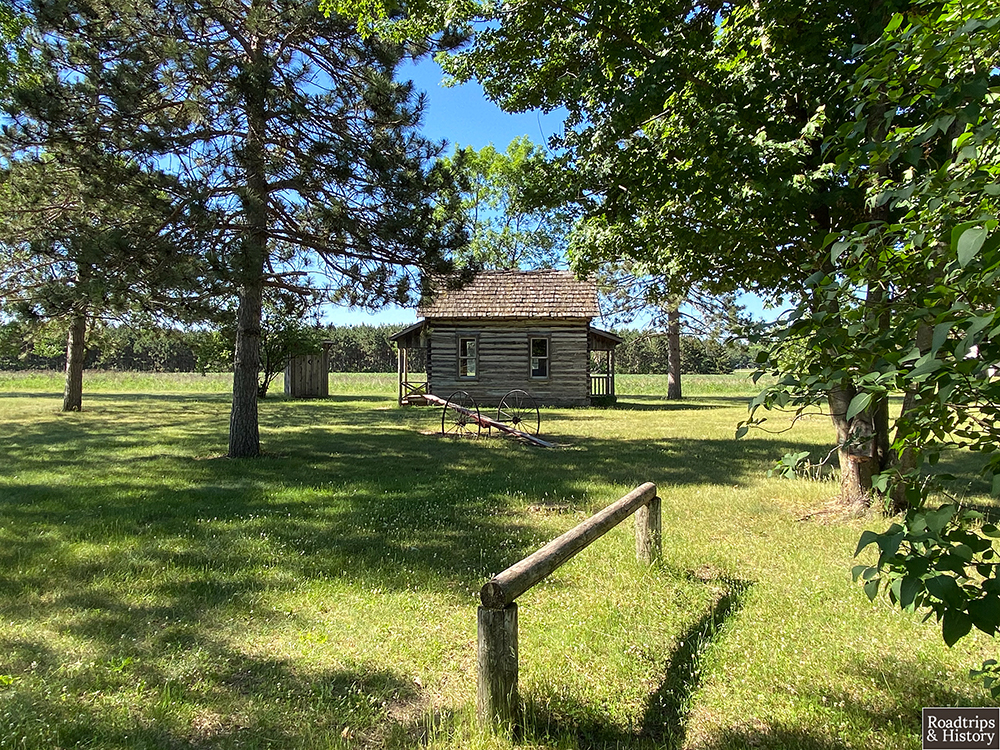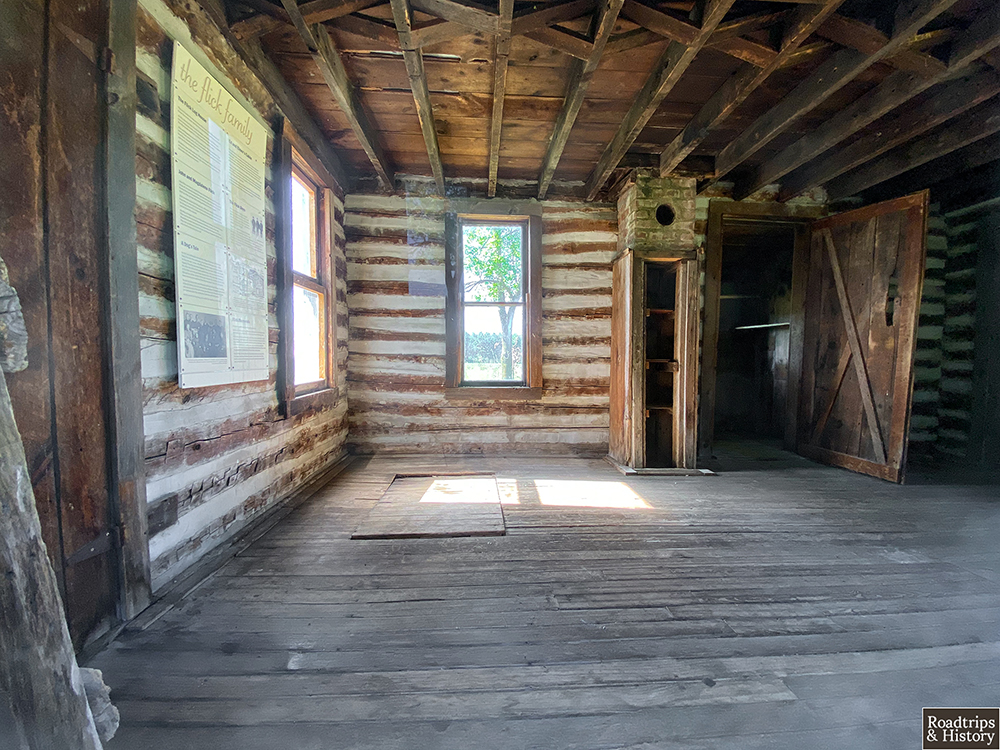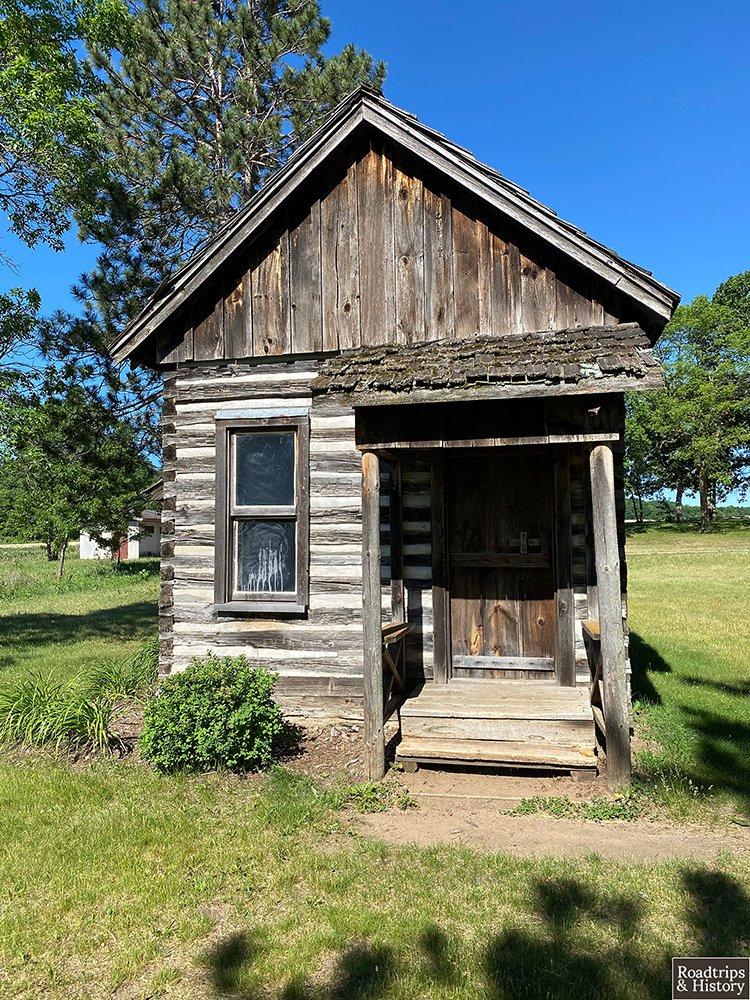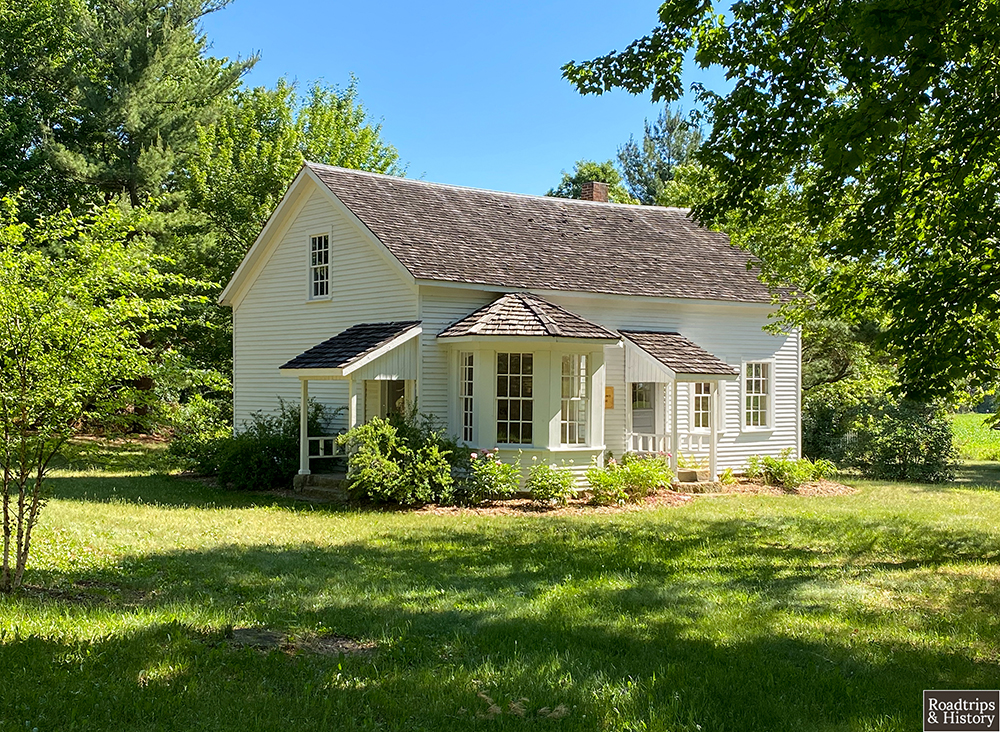Any other Caddie Woodlawn fans out there? This one is for you 🙂 The book Caddie Woodlawn was written in 1935 by Carol Ryrie Brink. The story Brink tells is based on the true stories her grandma — Caroline ‘Caddie’ Woodhouse — would tell about her life growing up in the wild frontier of Wisconsin in the 1860s.
John and Harriet Woodhouse moved to Wisconsin from Boston with their children — Clara, Mary, Tom, Warren, and Caddie in 1857. John took a job as a millwright in Eau Galle and purchased this Cape Cod Cottage-style home on 160 acres near Dunnville in 1860. Another three children were born here.
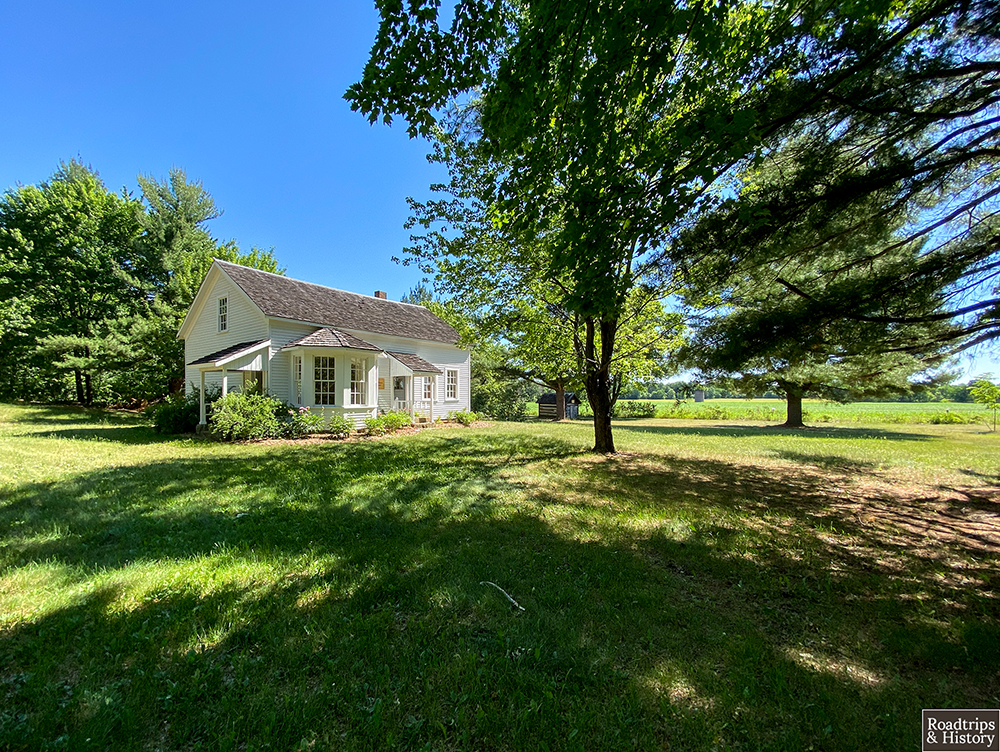
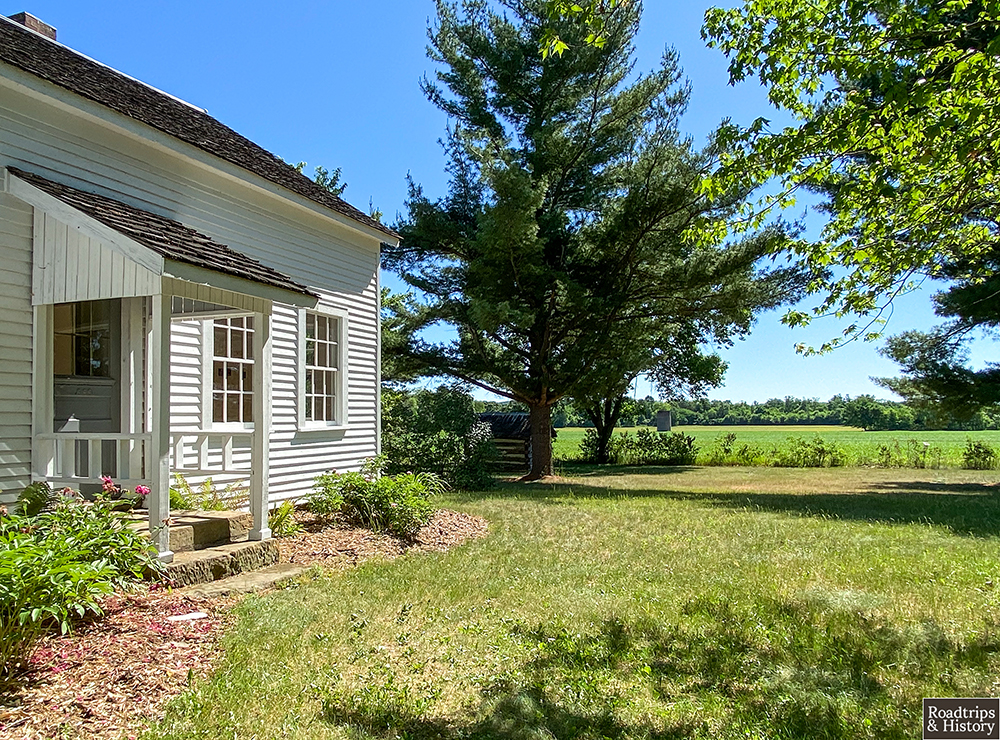
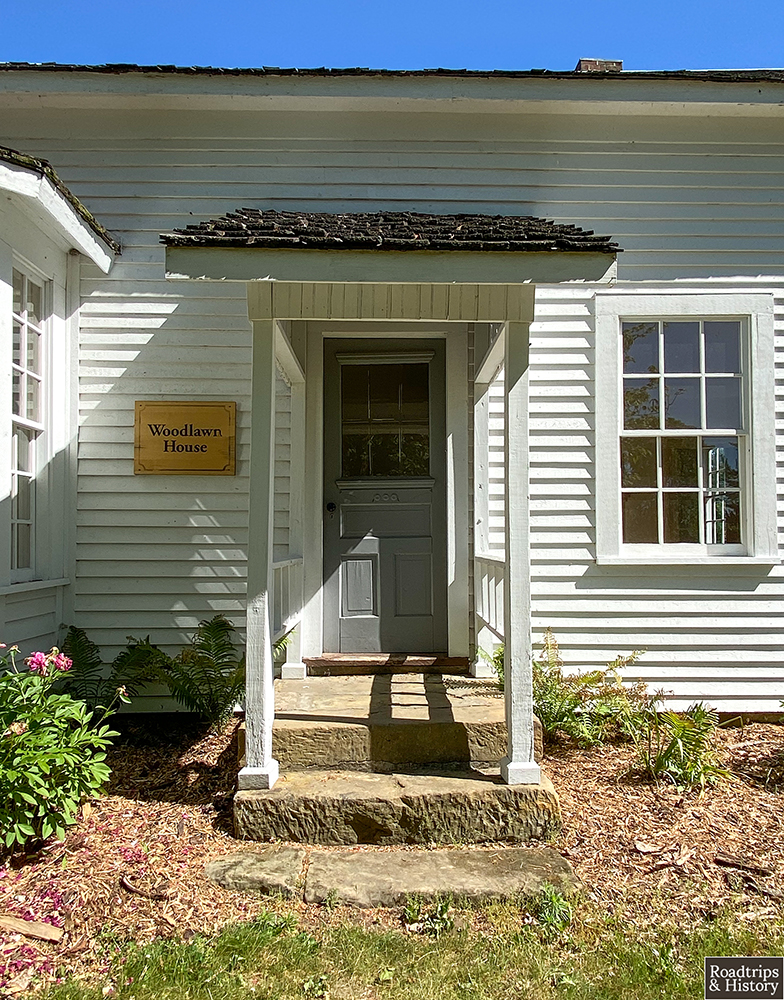
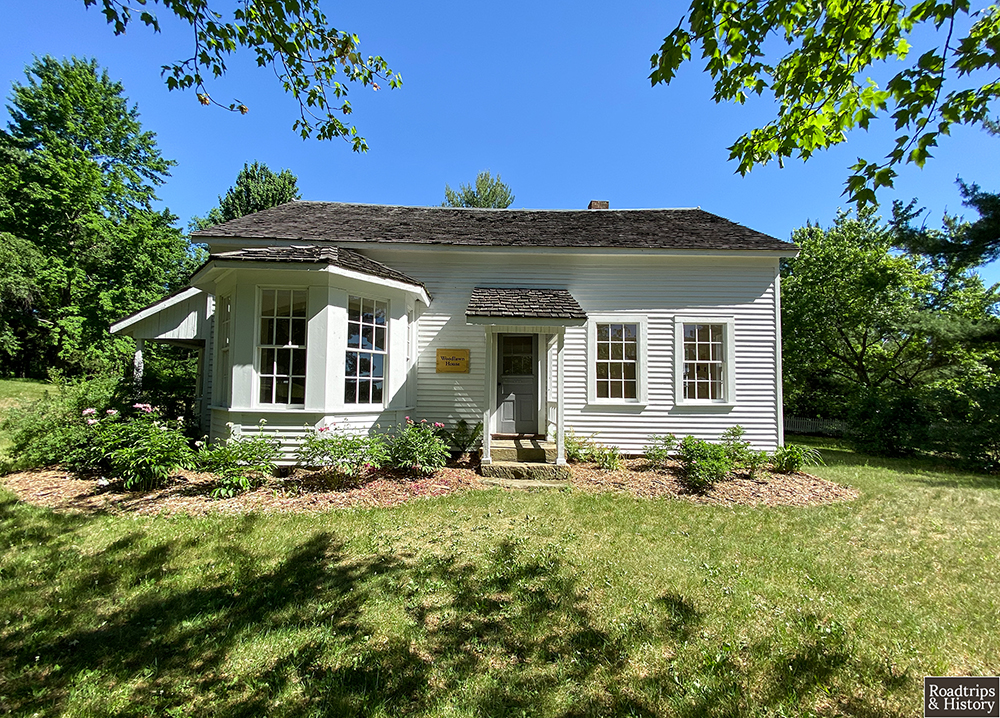
In the book, Caddie is a free-spirited 11-year-old who loves to explore the woods and rivers near her family’s home with her two brothers, Tom and Warren. The three of them often waded across the Menomonie River to watch the nearby Dakota make birchbark canoes on the riverbank. On their way back home, they would gather hazelnuts from a grove near the farm — Caddie always managed to bring the most home because the boys could only place them in their pockets, but Caddie used her skirts to carry as many as she wanted. She braved rattlesnakes while picking blueberries, churned butter on the back porch, and warned the Dakota about a plan for local settlers to attack their camp.
Caddie Woodlawn has been enjoyed by millions of children (and adults!) since it was released in 1935 and has been translated into 10 languages. In 1936, it won the Newberry Award for Children’s Literature. Chances are pretty good that you can still find it in just about every elementary school library in the Midwest. The story of this brave pioneer girl was turned into a radio play in 1945, a made-for-tv movie in 1989, and most recently, a musical.
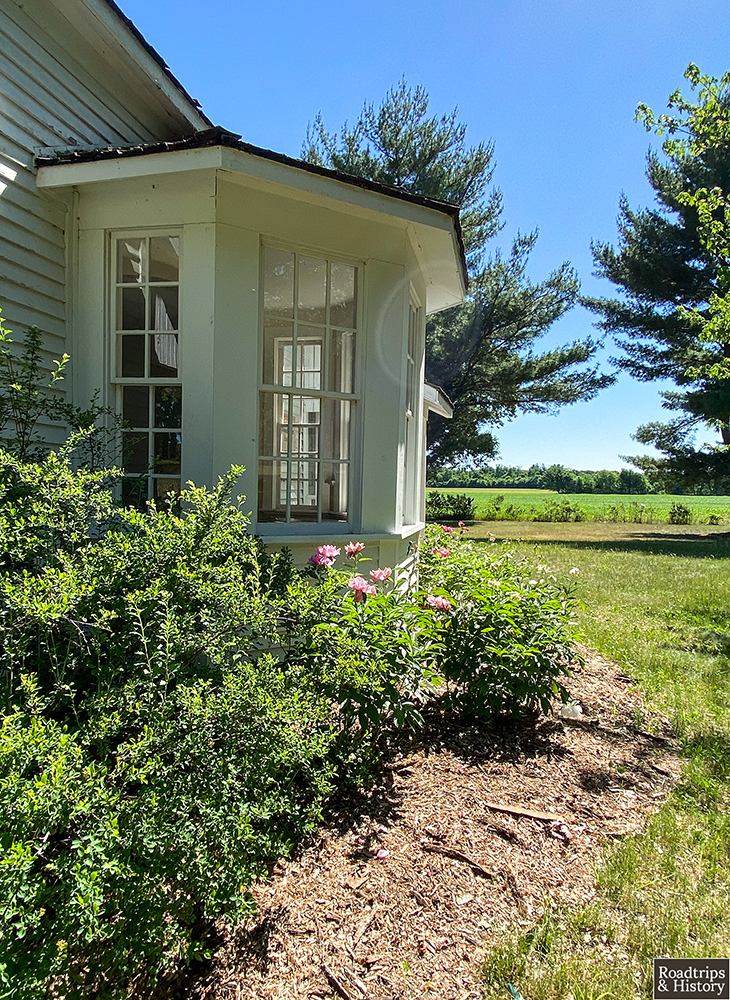
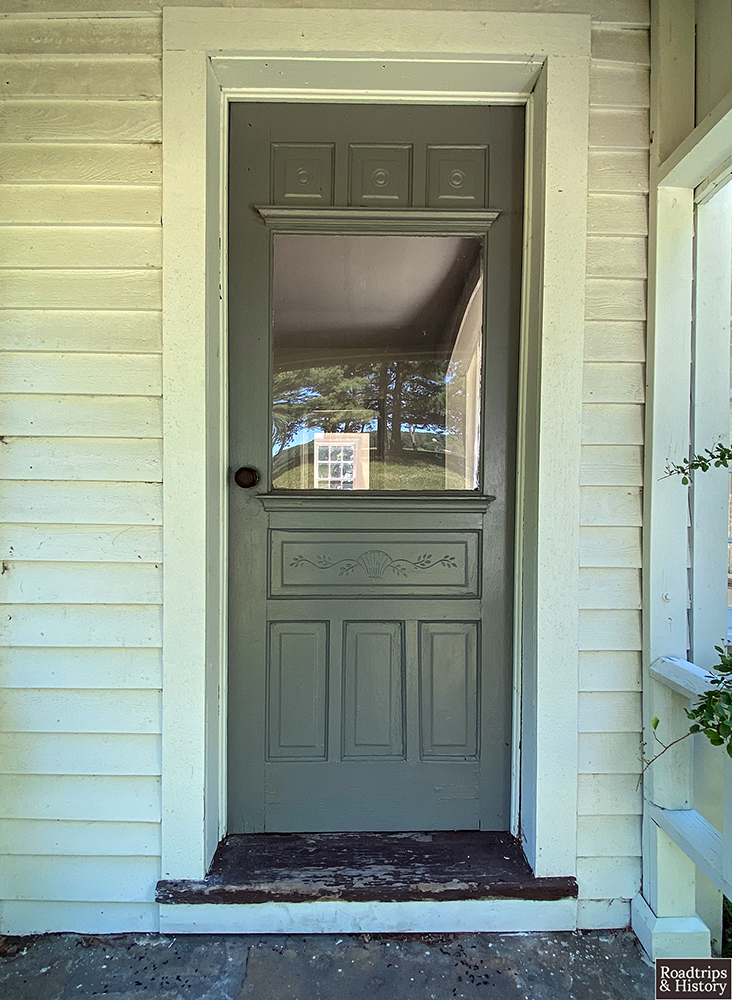
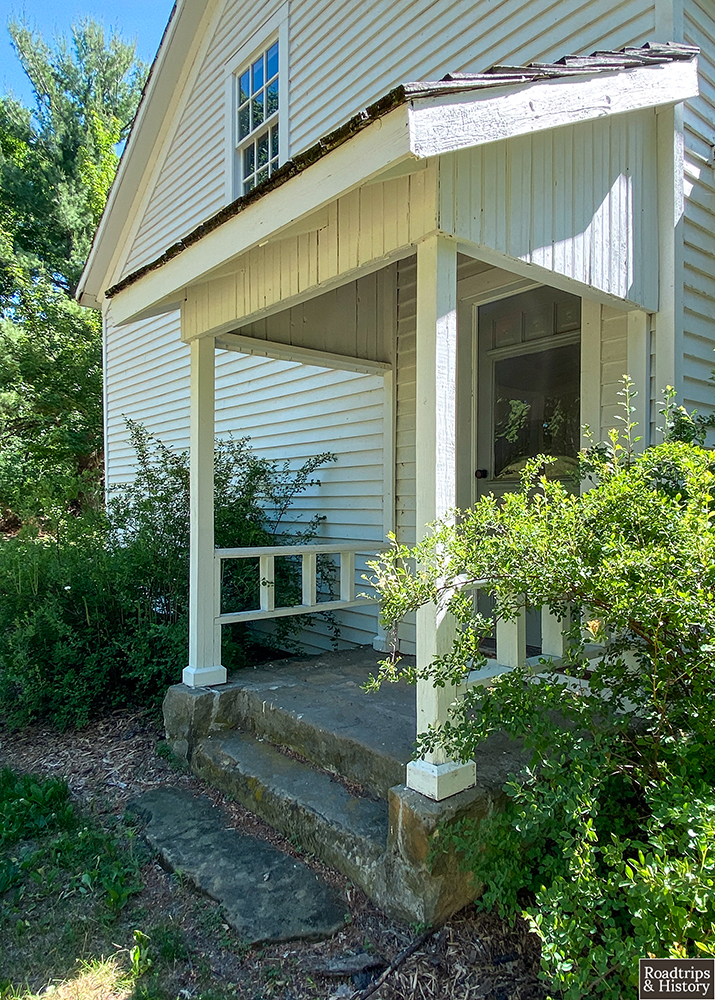
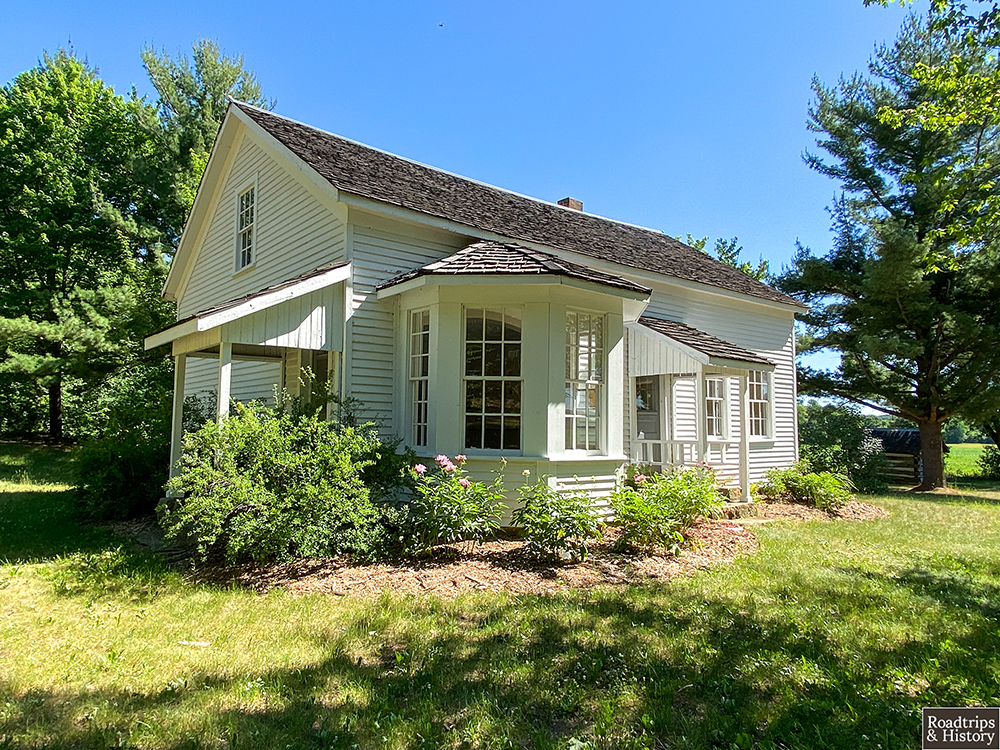
The Woodhouse family moved away from Dunneville in 1878. The land was purchased by John Flick, and it remained in the family until 1969 when John’s son donated one acre of land and the Woodhouse house for a park. The Dunn County Historical Society purchased five additional acres later to complete the park we see today. The Woodhouse house was moved here from its original location 300 yards to the east near a silo that can be seen from the park. The Caddie Woodlawn Park opened to the public on July 4, 1970.
Whether you’ve read about Caddie’s adventures or not, the park is a nice historic stop with plenty of shade on warm days, a picnic shelter, and bathrooms. Just steps from the Woodlawn house, you’ll find a memorial to Caddie’s sister, Mary, who died in 1857, and other pioneer children who died much too young. The old Flick cabin is located in the park too, and worth a quick wander through. The Woodlawn house and Flick cabin are open to visitors during daylight hours, spring through fall. The park itself is open year-round.
